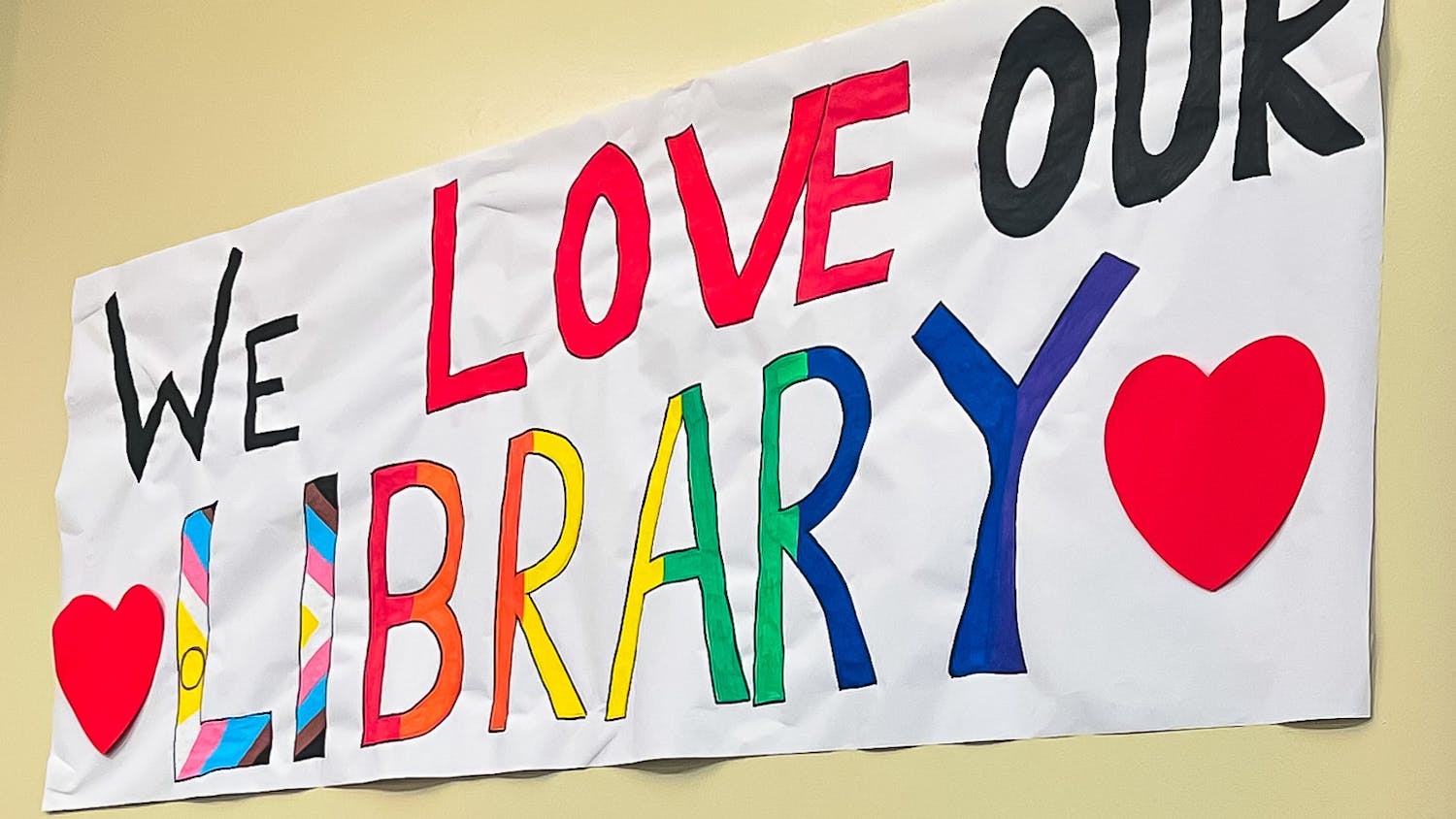As an English major, it goes without saying that books are a huge part of my life. They pile up on any and every flat surface in my apartment, slowly accumulating and overtaking my space. With my meager Ikea bookshelf packed to the brim, I’ve started using bedside tables, coffee tables, dressers and desks in an effort to contain them. I roll my eyes at anyone who dares suggest I buy a Kindle and wring my hands when my mother mentions our family history of hoarding. There are books worn and dog-eared from frequent readings, books I’ve only half-read, books I promise myself I’ll read one day (hello, “Infinite Jest”), and books that, let’s be honest, are just there for aesthetic purposes.
I would wager I buy somewhere around 25 books each semester, including those necessary for English courses and ones I’ve convinced myself at 2 a.m. I couldn’t live without. Needless to say, I’ve become a sort of reluctant Amazon expert. Do I wish that I could buy all these books at local independent bookstores? Absolutely. Do I have the time, patience or funds to do this? Hell no. Every time I get an order confirmation email from Amazon, it’s not without a little guilt.
So when a rumor leaked through mall executive Sandeep Mathrani that Amazon planned to open 300 to 400 retail locations, I wasn’t sure what to think. As someone who’s spent the majority of her life watching major brick-and-mortar bookstores like Borders fall into extinction due largely to Amazon’s competitive business model, it’s a strange concept to wrap my head around. While Mathrani quickly rescinded his statement, Amazon maintains that the brick-and-mortar expansion is happening, with the San Diego Union-Tribune reporting that the corporation has begun hiring for stores in Southern California.
According to The New York Times, these bookstores would be similar to the Amazon Books store, which opened in Seattle over a year ago. In the store, books are offered at their online price and supplemented with customer ratings and reviews, a concept meant to mimic the “traditional” Amazon experience while also determining what books are sold at the retail level. Of course, Amazon’s Kindle, Fire tablets, Echo and other assorted gadgets I couldn’t care less about will also be on display. The decor of the Seattle location was described by The Atlantic as “Barnes & Noble-like,” possibly because it previously belonged to Barnes & Noble.
There’s two ways to interpret this vastly unexpected move: as an exciting development placing value in traditional bookstores, or a foreboding sign of Amazon’s constant consolidation of power. I find myself caught between these camps, as only time will tell what exactly this decision means for the book market. Media outlets have had similarly diverging responses, with article titles ranging from The Atlantic’s “Did Amazon Just Replace the Public Library?” to Gizmodo’s “Amazon Will Open Physical Bookstores Because Life Is a Practical Joke Played On Us All.”
Despite many literary enthusiasts predicting the collapse of the traditional bookstore as we know it, I’m not convinced. Even as Borders and Barnes & Noble took massive hits from Amazon, smaller, indie bookstores experienced an unexpected resurgence, nearly doubling in numbers since 2009, according to the American Booksellers Association. Let’s face it, the book lovers aren’t going anywhere anytime soon. We keep forgetting that passionate consumers don’t operate according to capitalist economics, because they’re driven by something much more compelling.
Above all, Amazon’s expansion is a signal that a market traditionally viewed as stagnant and archaic is gradually evolving. Perhaps these stores will have the same fate as their predecessors, or perhaps they’ll flourish — that’s for the business majors to figure out. All I know is I’m eager to see where it goes, and I’m definitely going to need a bigger bookshelf.
Marisa Papenfuss is a UF English junior. Her column appears on Tuesdays.





